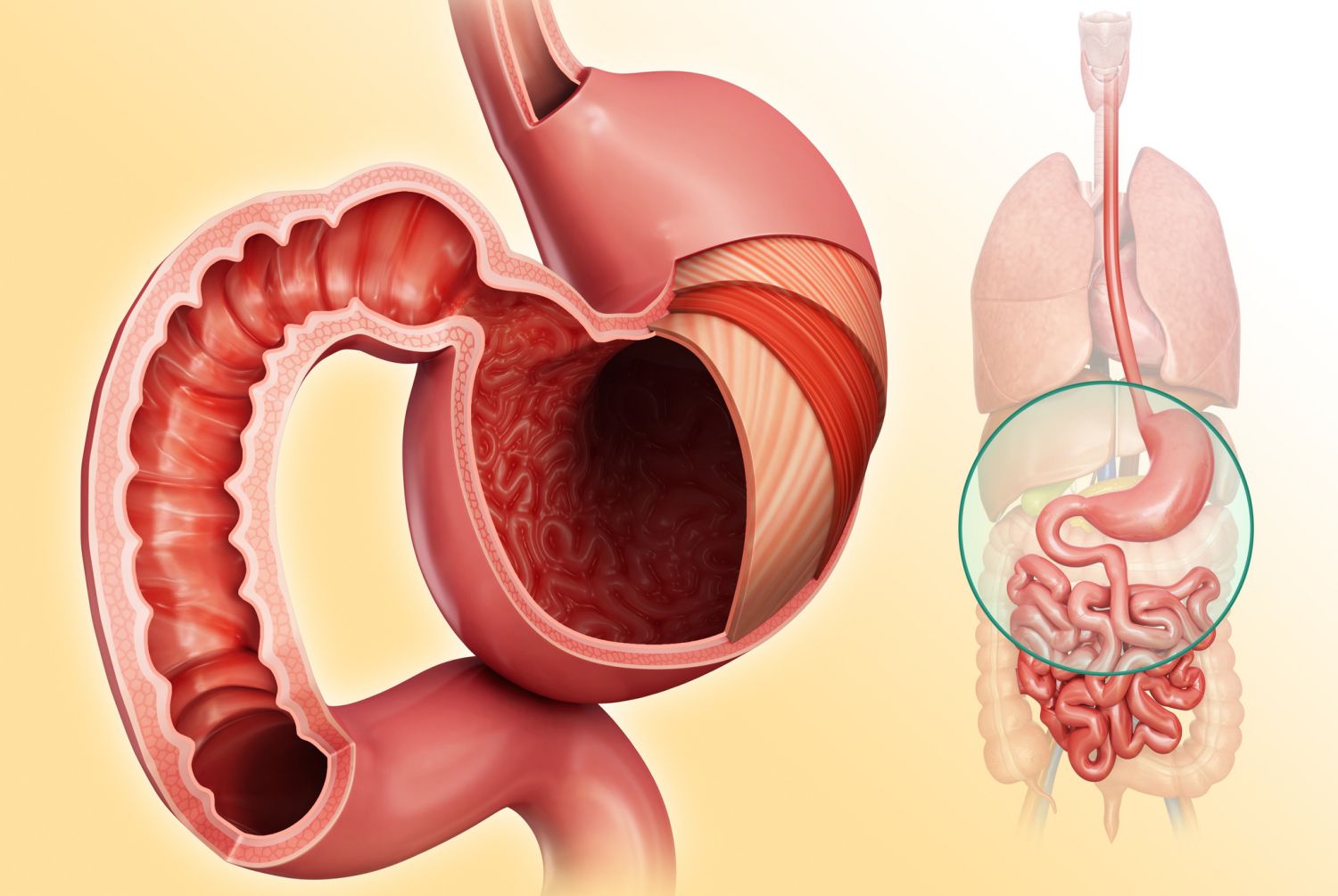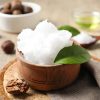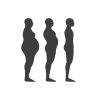- Empty cart.
- Continue Shopping
How the Body Absorbs Nutrients

The process of nutrient absorption is a complex and intricate system that allows our bodies to extract essential vitamins, minerals, carbohydrates, proteins, and fats from the food we consume. This absorption process is vital for maintaining overall health and providing the body with the necessary nutrients to function optimally.
1. Ingestion
The process of nutrient absorption begins with ingestion, where we consume food and beverages. During this stage, food is broken down into smaller, more manageable pieces through chewing and mixed with saliva, which contains enzymes that initiate the digestion of carbohydrates.
2. Digestion
Once the food reaches the stomach, the process of digestion continues. Stomach acid and digestive enzymes work together to break down proteins and further break down carbohydrates. In the small intestine, bile from the gallbladder aids in the digestion and absorption of fats.
3. Absorption in the Small Intestine
The small intestine is where the majority of nutrient absorption takes place. It has a vast surface area due to the presence of finger-like projections called villi and even smaller structures called microvilli. These structures significantly increase the surface area for nutrient absorption.
A. Carbohydrate Absorption:
- Monosaccharides: Carbohydrates, primarily in the form of sugars and starches, are broken down into monosaccharides (such as glucose, fructose, and galactose) during digestion. These monosaccharides are absorbed through the walls of the small intestine into the bloodstream.
B. Protein Absorption:
- Amino Acids: Proteins are broken down into individual amino acids during digestion. These amino acids are then absorbed into the bloodstream through the intestinal walls.
C. Fat Absorption:
- Micelles Formation: Fats are initially broken down into small droplets through the action of bile in the small intestine. These droplets combine with bile salts to form structures called micelles.
- Fatty Acid and Monoglyceride Absorption: Enzymes in the small intestine break down the micelles, releasing fatty acids and monoglycerides. These products are absorbed into the cells lining the small intestine and then reassembled into triglycerides.
- Formation of Chylomicrons: Triglycerides, along with cholesterol and fat-soluble vitamins, are packaged into lipoprotein particles called chylomicrons. Chylomicrons enter the lymphatic system and eventually reach the bloodstream.
D. Absorption of Vitamins and Minerals:
- Water-Soluble Nutrients: Water-soluble vitamins (e.g., vitamin C and the B vitamins) and minerals are absorbed directly through the walls of the small intestine into the bloodstream.
- Fat-Soluble Nutrients: Fat-soluble vitamins (e.g., vitamins A, D, E, and K) are absorbed along with dietary fats in the form of chylomicrons.
4. Absorption in the Large Intestine
The large intestine primarily absorbs water and electrolytes (sodium and potassium) from the remaining indigestible food particles, turning the liquid mixture from the small intestine into a more solid form. It also houses beneficial bacteria that can ferment certain carbohydrates (e.g., fiber) to produce short-chain fatty acids, which can be absorbed and used for energy.
5. Elimination
Any undigested food particles and waste products that the body cannot absorb are eventually eliminated from the body through the rectum and anus as feces.
Factors Affecting Nutrient Absorption
Several factors can influence the body’s ability to absorb nutrients:
- Nutrient Form: The form in which nutrients are present in food can impact absorption. For example, some minerals may be better absorbed in their organic form.
- Gut Health: A healthy gastrointestinal tract with intact mucosal lining is crucial for optimal nutrient absorption. Conditions that damage the gut lining, such as celiac disease or inflammatory bowel disease, can impair absorption.
- Competition: Some nutrients may compete for absorption. For instance, excessive calcium intake can hinder the absorption of magnesium and vice versa.
- Age: As people age, their digestive system may become less efficient, affecting nutrient absorption. Vitamin B12 absorption, for instance, can decline with age.
- Medications: Certain medications can interfere with nutrient absorption. For example, some antibiotics can reduce the absorption of certain vitamins.
- Dietary Factors: The presence of dietary fiber can affect the absorption of certain minerals. Additionally, combining certain nutrients, such as vitamin C with non-heme iron from plant sources, can enhance iron absorption.
In Conclusion, The process of nutrient absorption is a complex and highly coordinated system that ensures our bodies receive the essential nutrients needed for growth, energy, and overall health. It begins with the ingestion and digestion of food, followed by the absorption of nutrients through the small intestine, and finally the elimination of waste products. Understanding the factors that influence nutrient absorption can help individuals make informed dietary choices and optimize their nutritional intake for better health and well-being.








